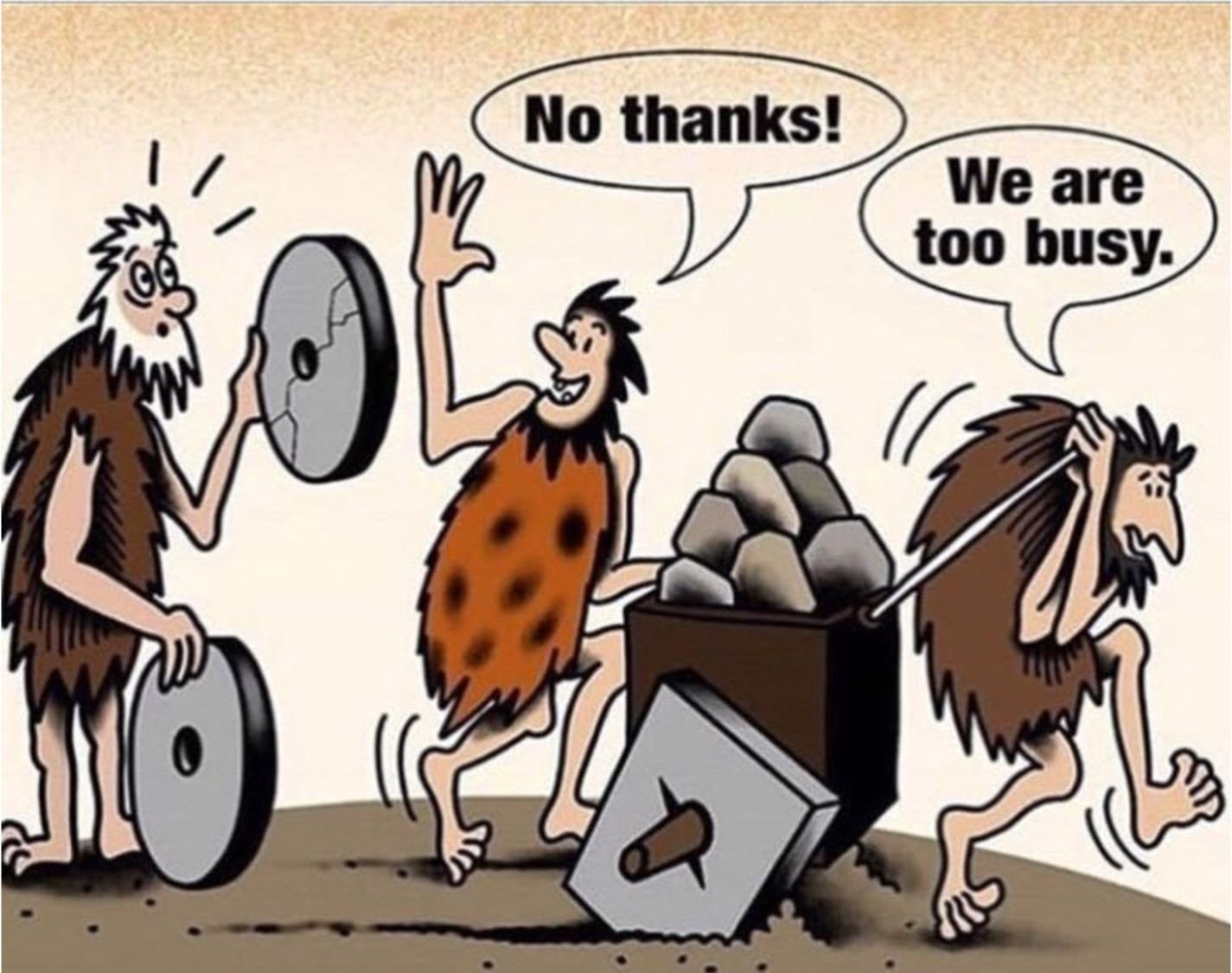Leading change in healthcare - how are you going to start a movement?
Change is a big part of what you do as a leader.
Why do some people grab hold and run with your brilliant ideas, and others take a bit (or a lot) of time to warm up?
Of course, you’ve considered the diffusion curve!
Or in language you may have come across - are people early adopters or do you have a team of laggards?
If you want ideas of improvement, shift, change or even a tweak in behaviour to become how things get done, then you need a critical mass of people to be with you.
You know those moments, a new policy or process and it’s brilliant. One or two people follow it and the rest of the team, nope, we’ll carry on doing it the way we’ve always done it thank you.
Change is complex, multifactorial has timing, context and a number of other things for you to juggle. So each little piece of understanding you gain or are reminded of will help you lead and inspire positive change.
Back to the diffusion curve and your early adopters (or laggards).
The term early adopter comes from the work of Everett M Rogers and his book Diffusion of Innovations written in 1962. The Rogers Bell curve describes the flow of uptake of new ideas or technology from firstly the innovators through the population until a critical mass is achieved.
Consider where you are on that curve (and it will be different for different contexts)
This article examines the psychology behind early adopters in a digestible 5 minute read. Early adopters are information gathers, they want to research, examine and understand how and why some things work and other things not so much. They are also risk takers, when examining something or trying something out, it might not work, it might be a failure, the early adopter will try anyway. They also have a connection with status, in so much that they are choosing ideas, concepts or products that represent who they are in the world and how they want to be seen.
Where you are on the curve isn't a right/wrong, good/bad, better/worse situation. It's about knowing yourself and what that means for the work you are doing.
Next up is to have a conversation with your team.
Understanding who the early adopters are in your team is crucial for change to spread. I attended a conference a few years ago that helped add a new dimension to my understanding of the spread of change and improvement work.
When looking at how you spread change - you know that great idea you've tested in your head and now you need the whole world to know. Maybe the new idea that your boss has suggested would be a good idea to test (I have a bad feeling I have been that boss at times)!
The innovators don't generate the spread, it is the connections and the environment between the groups of people that support the spread and adoption of new ideas. A note I made at a conference session on this topic reads 'putting it into a shiny brochure isn't going to make it happen'.
The early adopter is the pollinator to help the spread the idea. You need communication, connection, relationship and the environment for the idea to move between the groups.
The span of physical connection between each group is important. From early adopter - early majority - late majority a connection has to exist. There needs to be interfaces that actually work between people at every level for any new idea to spread. When, where and how do those people connect, interact and meet?
The crowd won't follow the person at the front - that innovator has already moved onto the next idea anyway - the critical mass and the spread will come from the first followers.
Building more followers comes from supporting, encouraging and celebrating those who do pick up and run with the improvement. As the famous lone dancer video above demonstrates. At times of change being a follower is powerful and crucial and you’ll get nowhere without them.
Two lessons in that. Being a good follower is a great thing to be. Encouraging and thanking those who are following you will bring more along with them.
Are you trying to bring about positive change with your team and are feeling stuck. Do you have early adopters and no idea what to do to give them more support. Book a chat and let’s talk some more.




